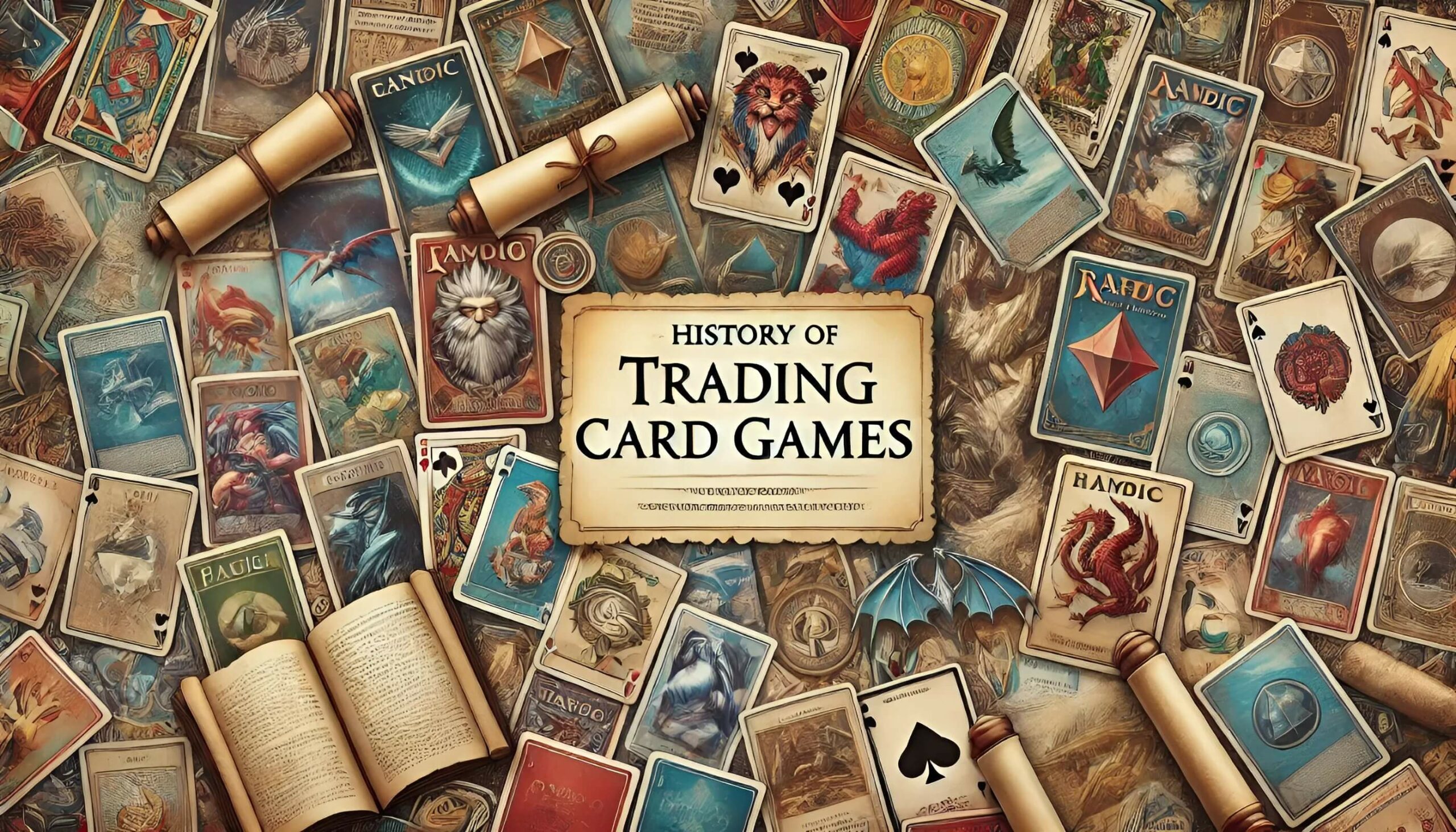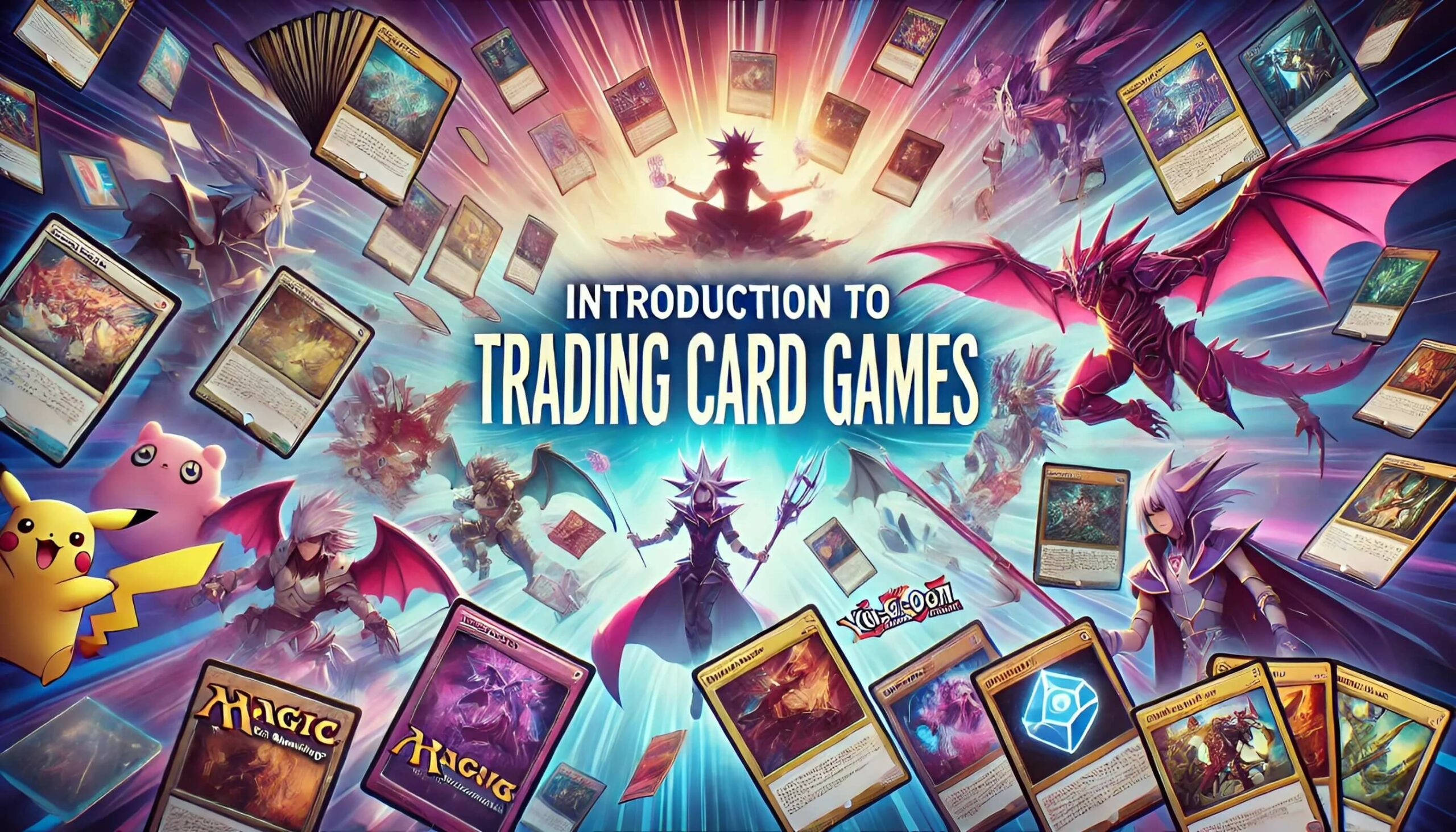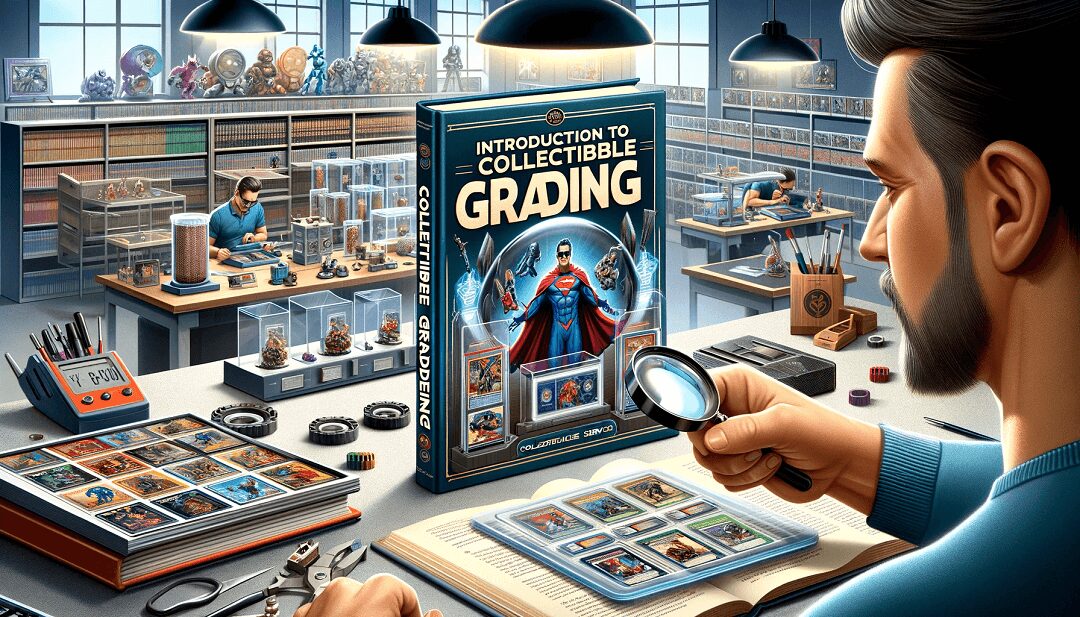Welcome to the world of trading card grading – a universe where your favorite cards aren’t just playthings, but potentially valuable collectibles! Whether you’re new to the game or a seasoned collector, understanding the basics of card grading is like learning the secret handshake of an exclusive club. Let’s dive into this fun and exciting journey.
What is Trading Card Grading?
In simple terms, trading card grading is the process of having your cards evaluated by professionals to determine their condition and authenticity. Think of it as getting a health check-up for your cards, where they’re scrutinized under a microscope affiliate link (not literally, but you get the idea) and given a score based on their physical condition.
Why Grade Your Cards?
- Boost Value: Just like a rare comic book or a vintage wine, a high-grade card can skyrocket in value. It’s not just about the card itself; it’s about the condition it’s in. A minty fresh Charizard or a pristine Mickey Mantle can mean big bucks.
- Authenticity: In the world of collectibles, fakes are a real headache. Grading companies are the detectives in this scenario, sniffing out counterfeits and giving your genuine cards the seal of approval.
- Preservation: Grading isn’t just about slapping a grade on your card; it’s also about preserving it for the future. Cards are encased in tamper-evident cases that protect them from the elements, ensuring they stay in tip-top shape for years, if not decades.
The Grading Process: A Step-by-Step Guide
- Submission: Choose a reputable grading company like PSA or BGS, create an account, and fill out a submission form detailing your cards.
- Packaging: Pack your cards securely in card savers (affiliate link) or semi-rigid holders (affiliate link). Remember, the way you package can impact their condition during transit.
- Waiting Game: Once sent, the waiting begins. This can range from weeks to months, but the anticipation is half the fun!
- Receiving Your Graded Cards: When your graded cards return, they’ll be in secure, clear cases with the grade displayed. This is your moment of truth – the big reveal!
- Costs and Fees: Grading isn’t free, and prices can vary. Consider it an investment in your collection’s future value.
Making the Most of Your Graded Cards
Selling your graded cards can be an exciting venture. Here are some tips to maximize their value:
- Know Your Market: Each card has its audience. Target the right buyers for your specific card genre.
- Timing: Keep an eye on market trends. Sometimes the iron is hot, and other times, not so much.
- Quality Photos: Good pictures sell. Make sure your card’s grade and condition are clearly visible.
- Be Transparent: Include all relevant details like the grade and the grading company.
- Fair Pricing: Research and set a price that’s competitive yet fair.
Conclusion
Trading card grading is more than just a hobby; it’s a savvy investment strategy. It’s about unlocking the true potential and value of your collectibles. Whether you’re a hobbyist or a serious investor, understanding the grading process is key to navigating the world of trading card collecting.
So what are you waiting for? Dive into the exciting world of trading card grading and see what treasures you can uncover!










